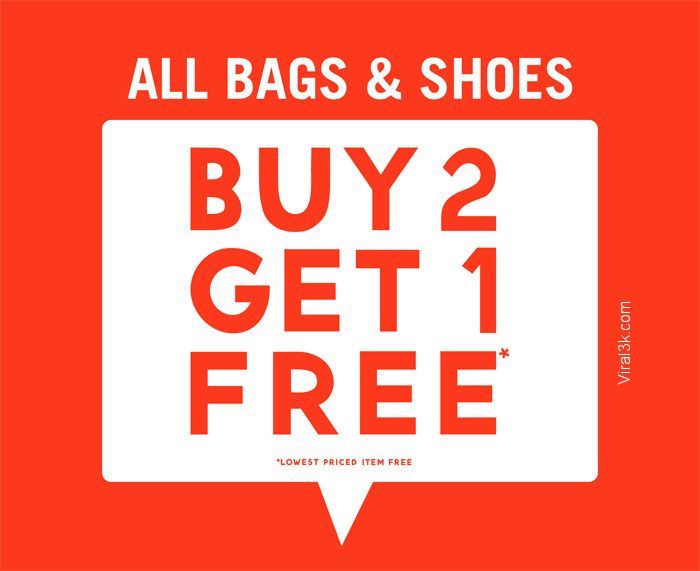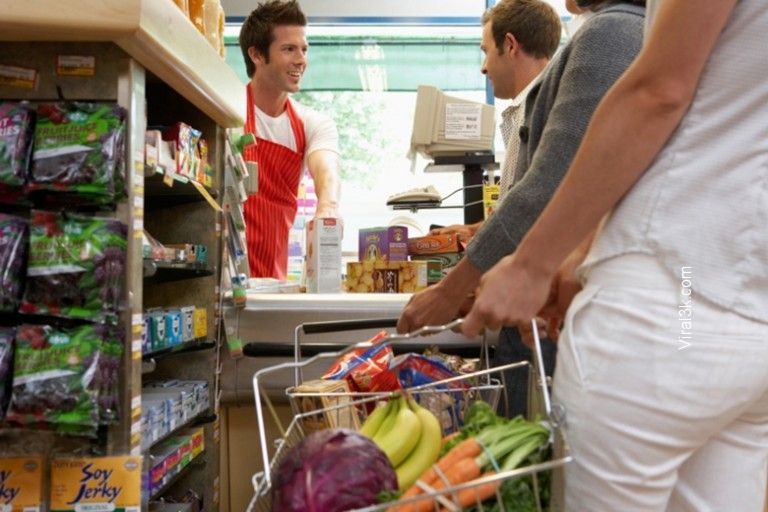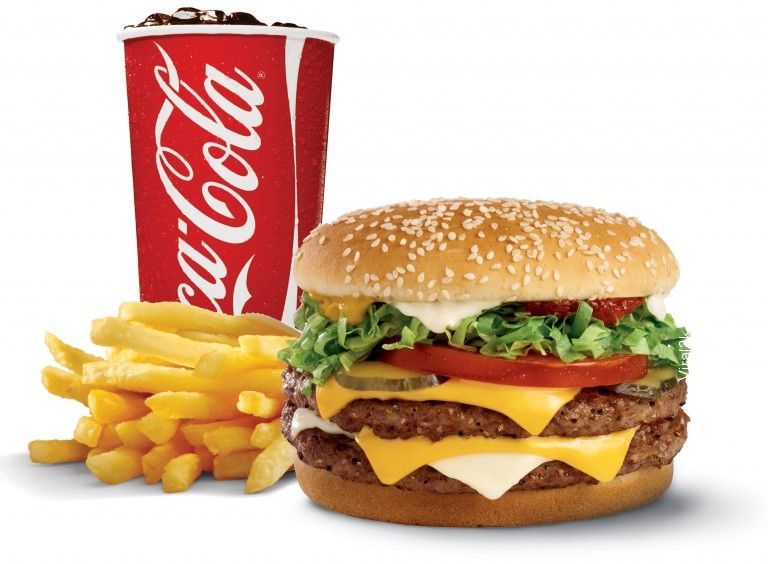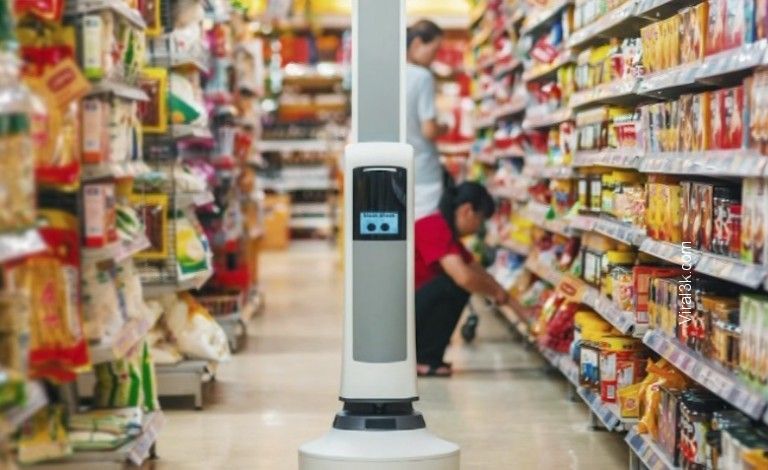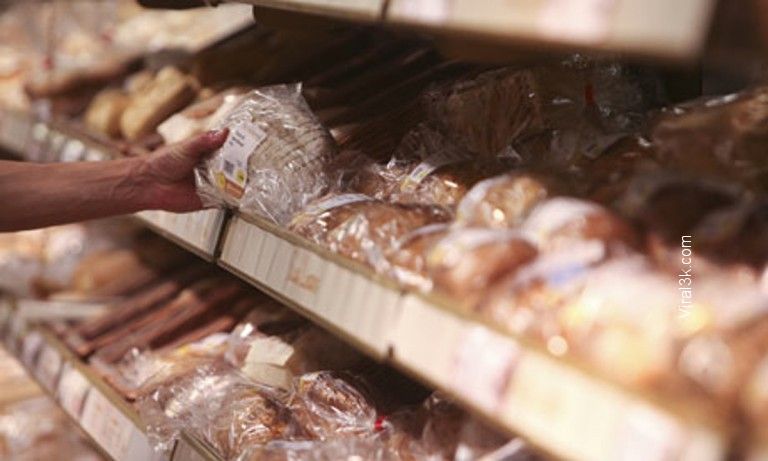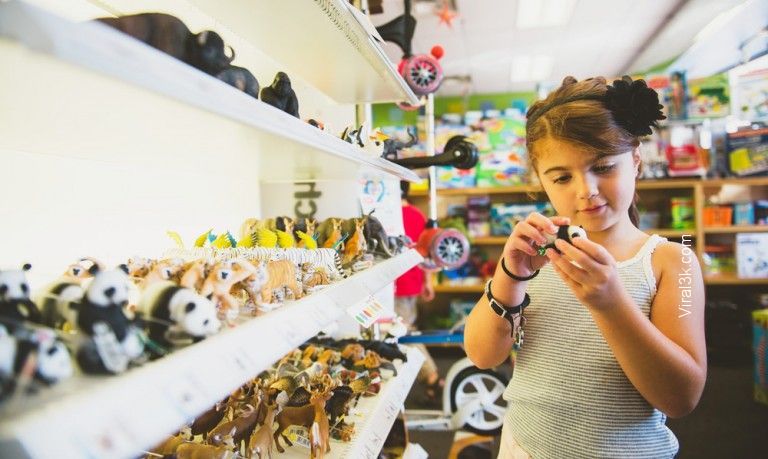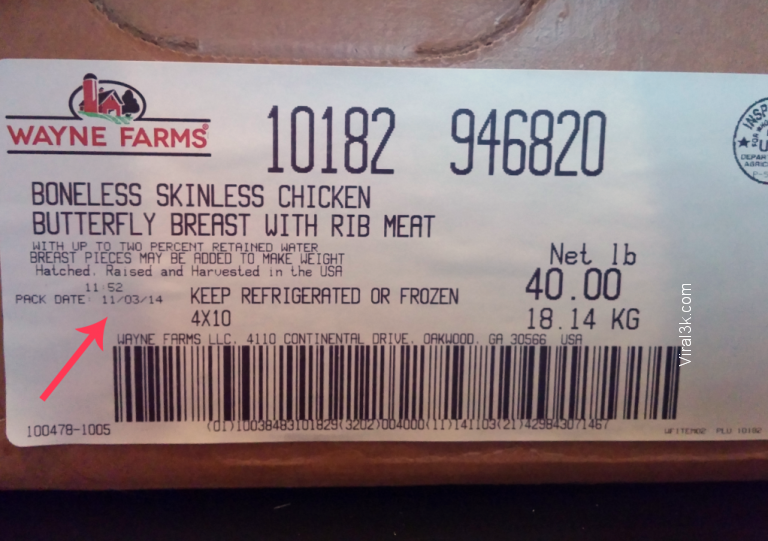1. Buy 1 get 1 vs 50% off
A lot of deals are structured in a way to not save you money, but to make you buy more. A lot of places will put up a board of ‘Buy 1 Get 1 Free’ instead of saying 50% off. This makes people buy 2 items instead of buying one at half price.
2. Candy at the counter
The most amount of time you spend is at the billing counter, in queue. This is where even more, and seemingly cheap, things are sold to you. But these are just impulse buys, meant for both children and adults. From chocolates to sketch pens, and chewing gum, things you wouldn’t really look for or buy as part of monthly grocery, are kept to make you just buy them.
3. Combo deals
Another great money drain is to offer products in a combo. Most of the time, you need only one product out of the combo, but because you are perceptually saving money by buying things you do not need, you get the things which is not needed. Food places will also club really cheap items like cola and potato fries to make their combo deal seem worthwhile.
4. Shelf strategy
5. Fresh vs stale
It is not only your money they want, but also to sell of stale or near expiry items. Especially perishables like fruits, vegetables, breads, cakes, etc. will be arranged so that the stale ones are on top or in the front of shelves. The fresher ones will be behind these.
6. Anchoring
In hotels, at bargain places and even at fixed price places, in order to control the pricing at which people buy, expensive things will be sandwiched between very expensive things and cheap things. Most people will buy the expensive thing, because the very expensive thing becomes the anchor in this case.
7. Enticing children
Even children are not spared this manipulation. Attractive, expensive toys and food items will be kept on lower shelves. Products that have nothing to do with children – detergents, home essentials – will have deals that offer free stuff for children – making them cry for a particular brand or variant.
8. Packed Dates
Not only shelving, but again, for perishables, there will be a Packed Date, telling you when the item was packed. Sometimes, even if the packed date is of the same day you are trying to buy the item on, the item might seem stale. Simple, they never mention the First Packed Date. It might be an item that has been sitting on the shelves for the last week, just that it gets packed anew every couple of days.

